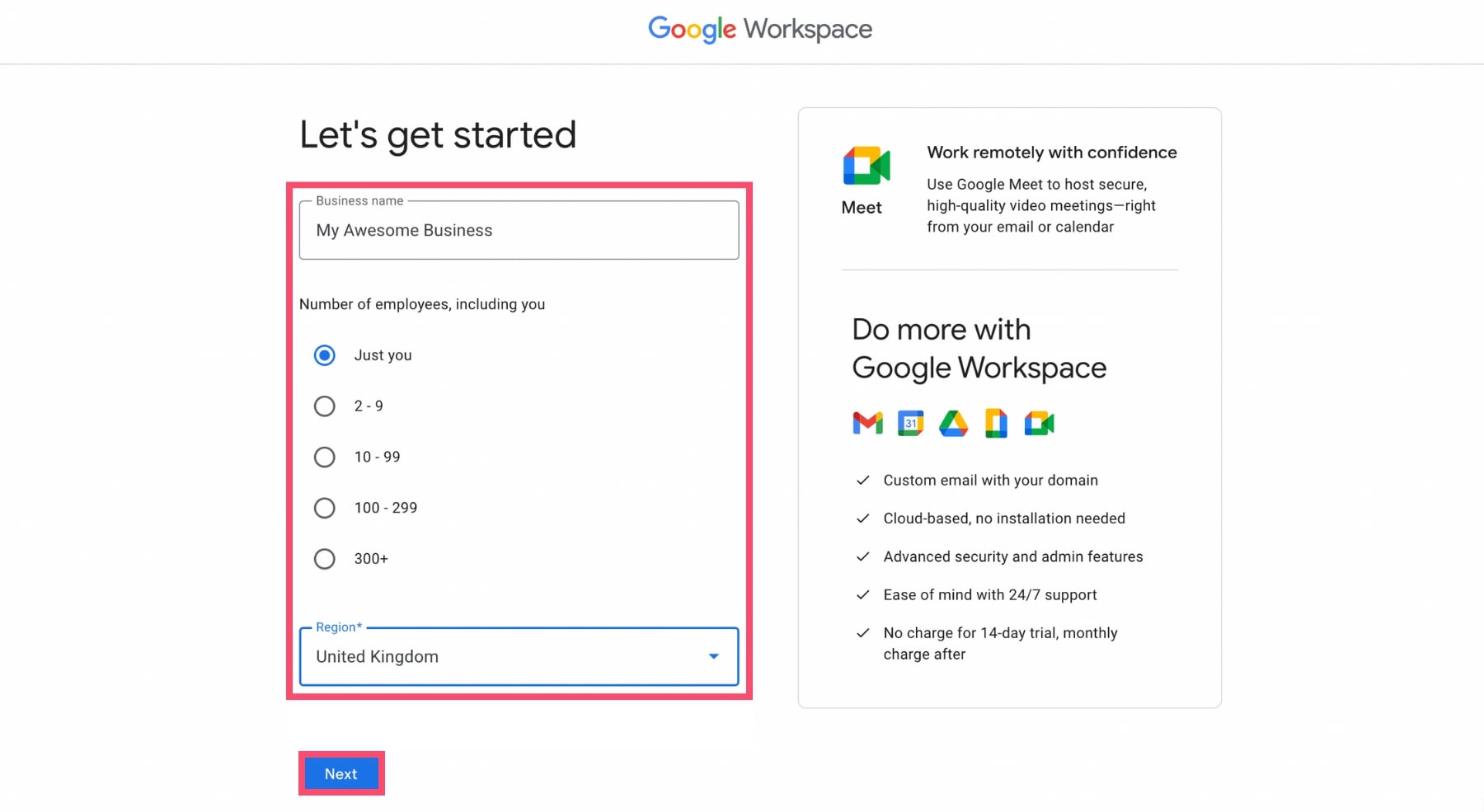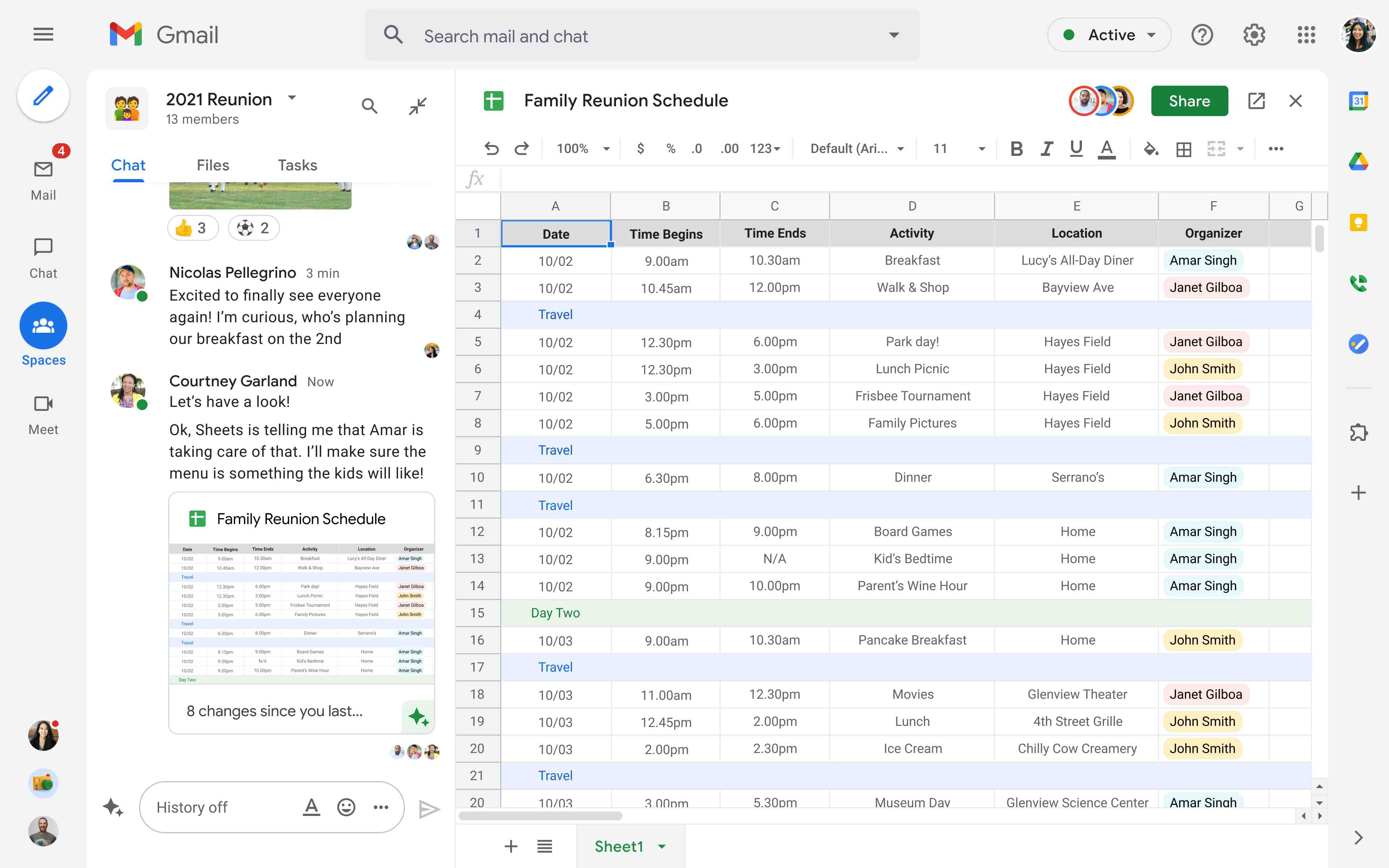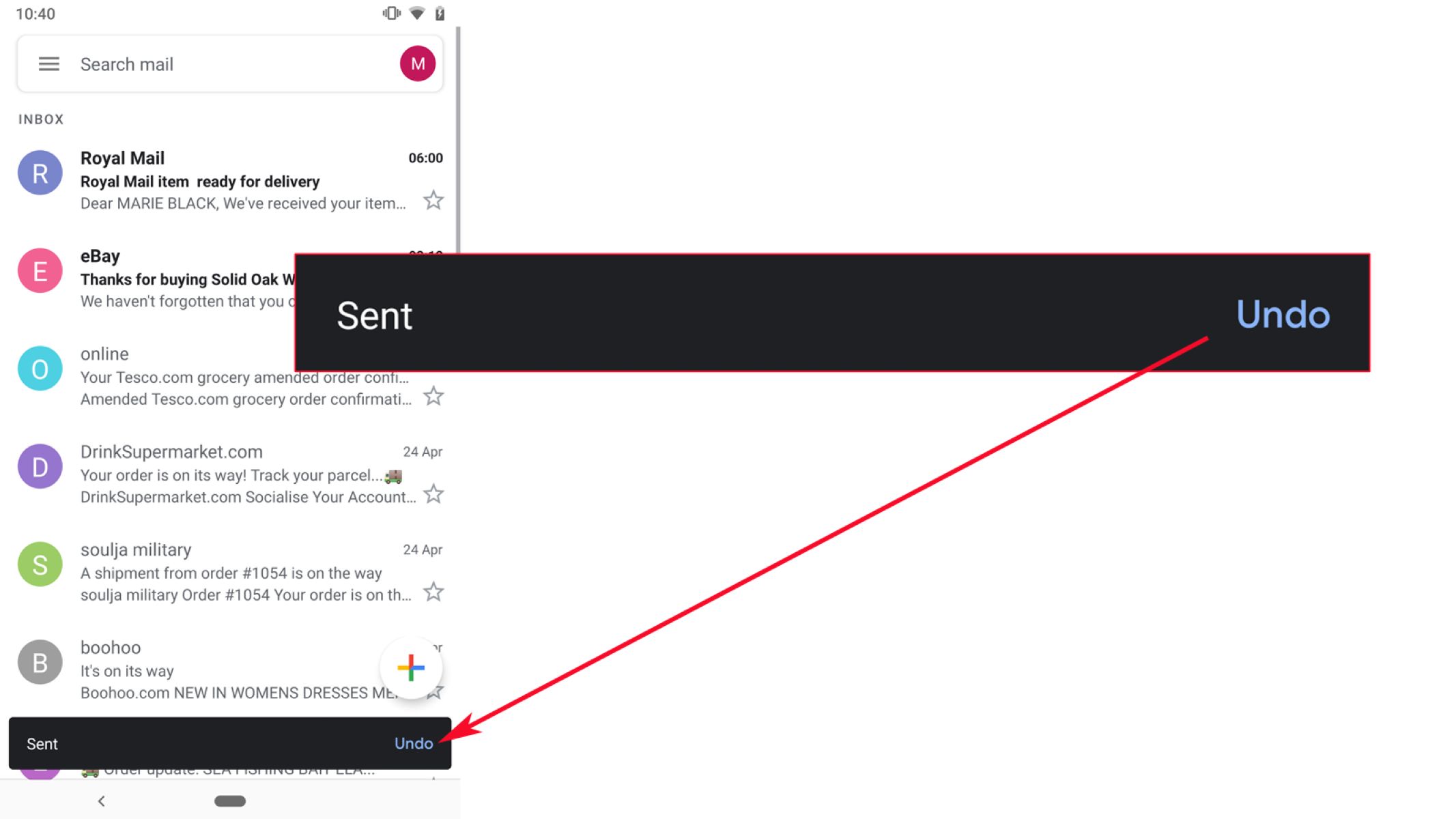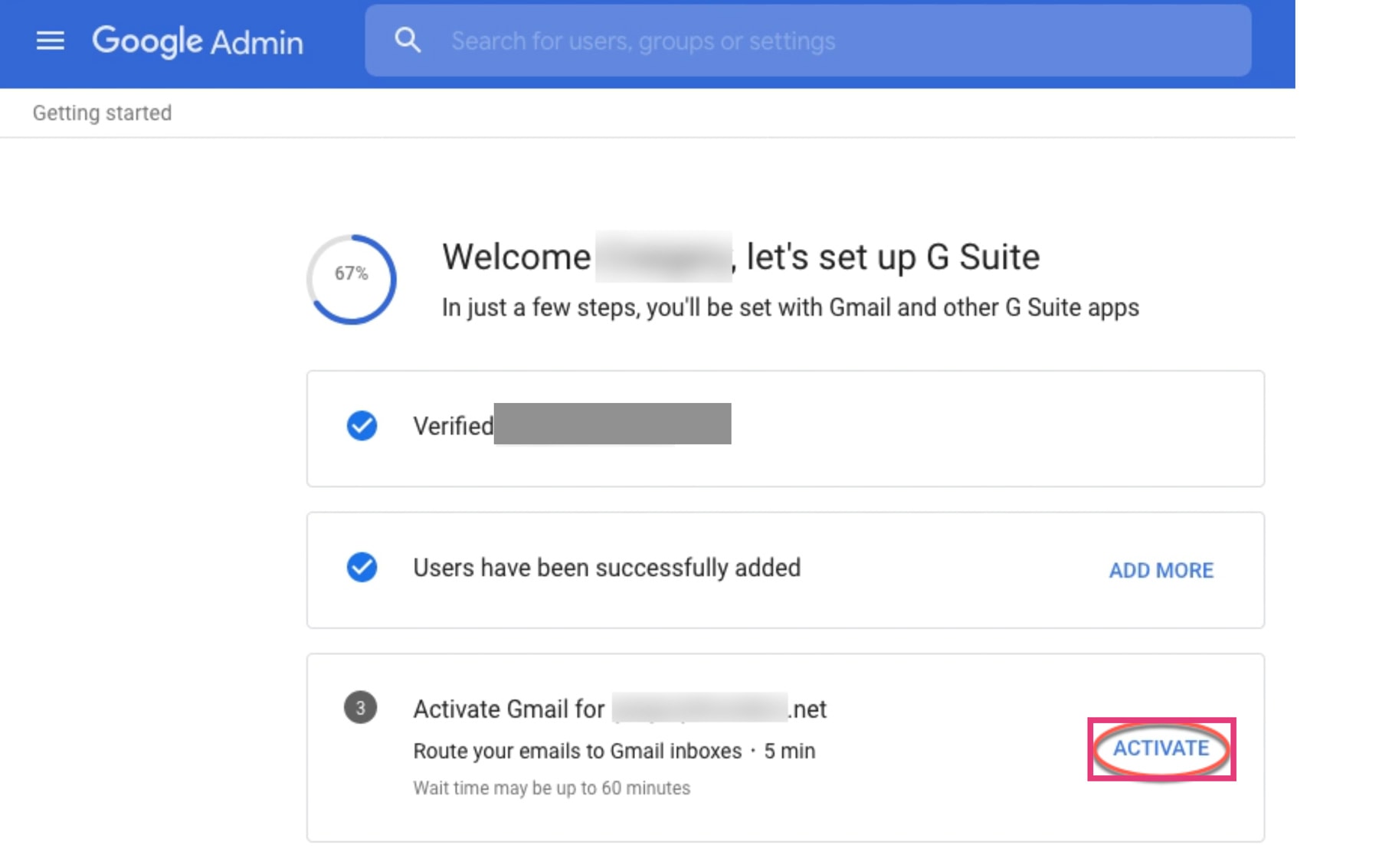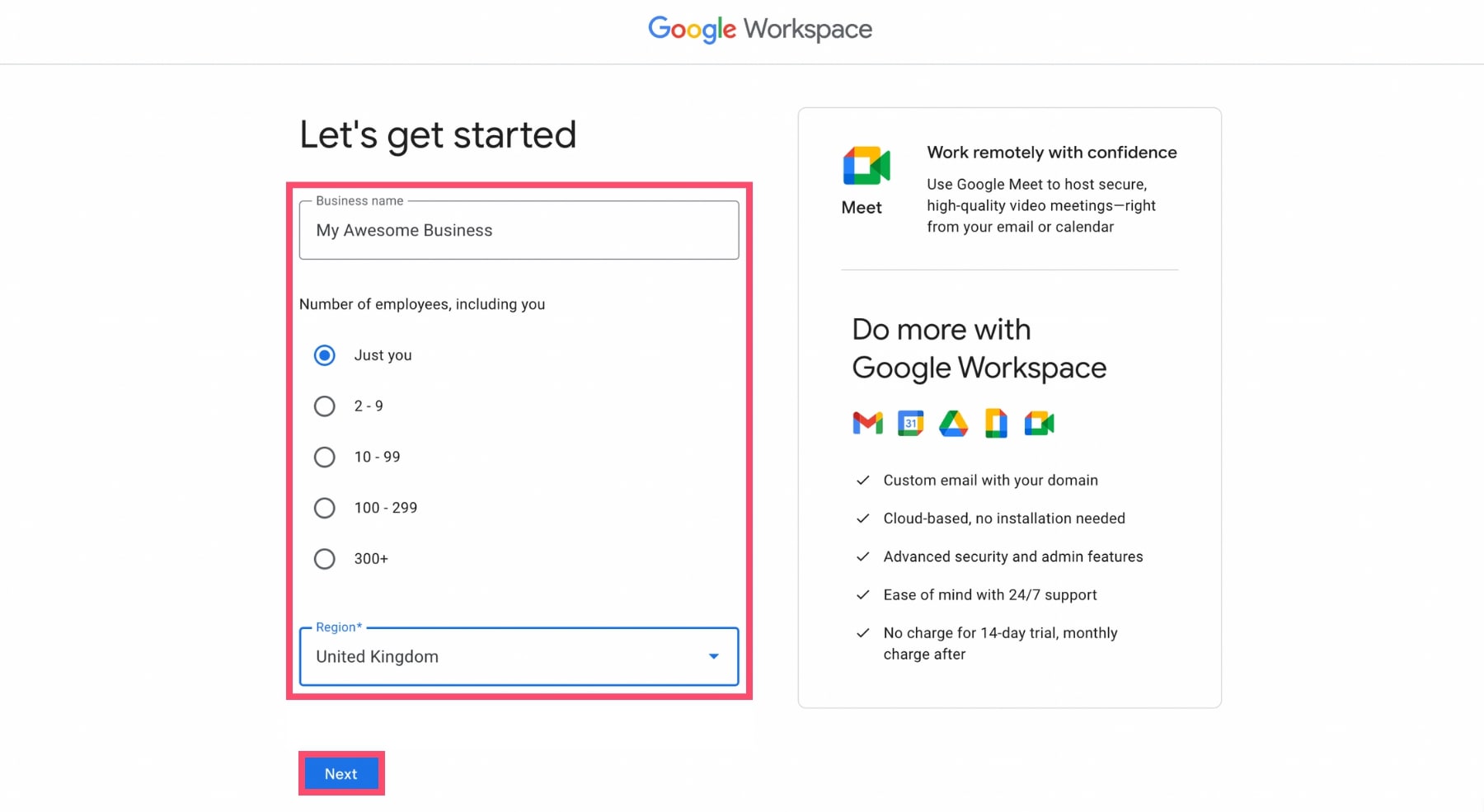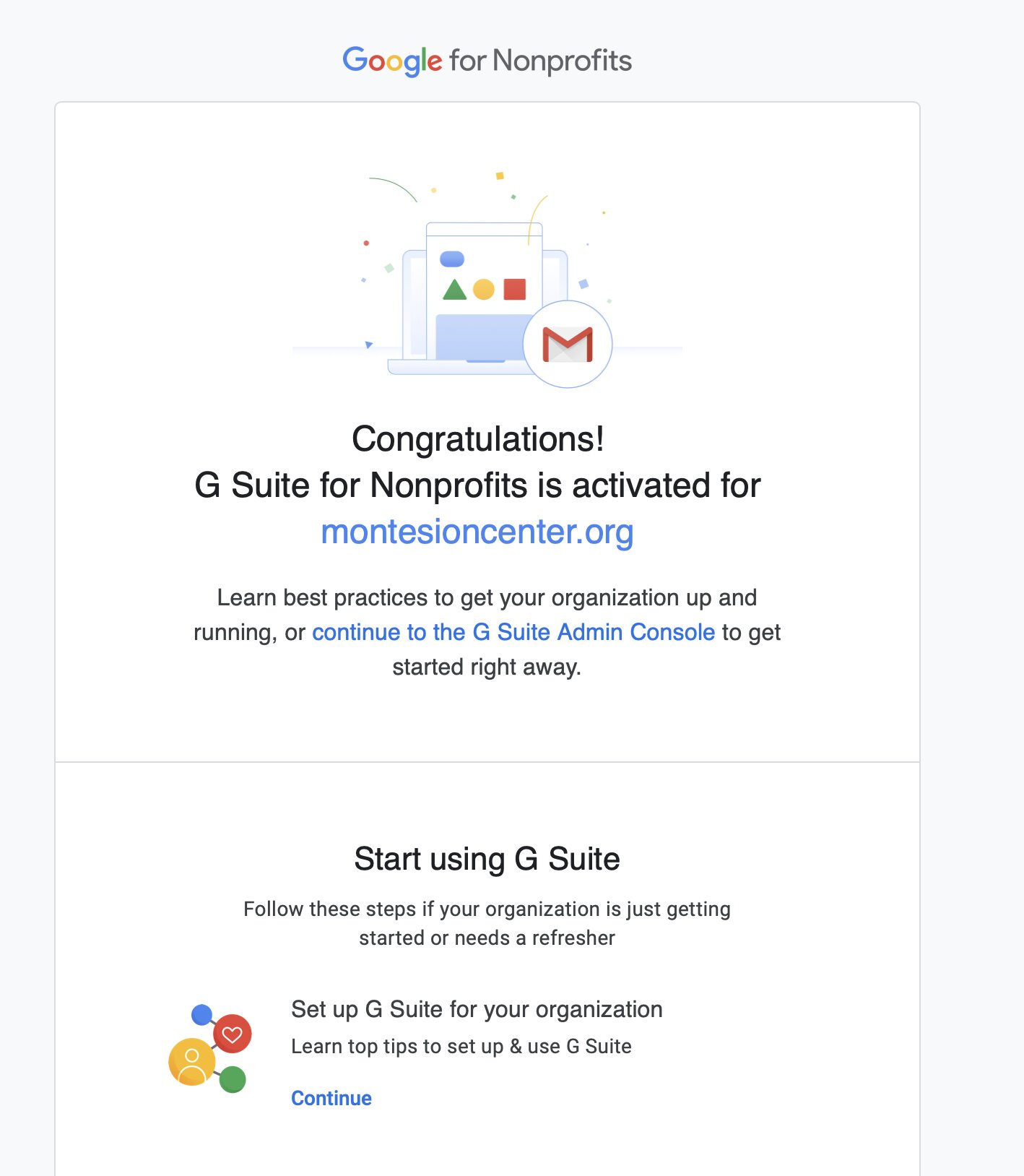Introduction
Gmail is one of the most popular email providers, widely used for both personal and professional communication. While sending immediate emails is convenient, there are times when scheduling an email can be incredibly useful. Whether it’s for sending reminders, important announcements, or coordinating with colleagues in different time zones, Gmail’s “Schedule Send” feature has got you covered.
In this article, we’ll guide you through the steps to schedule an email in Gmail. By utilizing this feature, you can compose your emails in advance and have them automatically sent at the desired date and time. This not only adds convenience to your workflow but also ensures that your messages are delivered at the most optimal time for maximum impact.
So, whether you’re a busy professional looking to stay organized or simply want to send birthday wishes at the stroke of midnight, let’s dive into the step-by-step process of scheduling emails in Gmail. By the end of this article, you’ll be able to take full advantage of this valuable feature and make your email management a breeze.
Step 1: Composing a New Email
The first step in scheduling an email in Gmail is to compose a new email. To do this, open your Gmail account and click on the “Compose” button, usually located in the top left corner of the screen. Alternatively, you can use the shortcut key “C” to open a new email window.
Once you’ve clicked on the “Compose” button, a new email window will appear. Here, you’ll find the familiar fields for entering the recipient’s email address, subject line, and the body of the email. Fill in the necessary information accordingly.
Remember to be clear and concise in your subject line, as this is often the first thing recipients see and helps them understand the purpose of your email. In the body of the email, include all relevant details and any attachments if necessary.
Formatting options such as bold text, italicized text, bullet points, and numbered lists can be easily accessed by using the options in the toolbar at the bottom of the email window. These formatting options can help make your email more visually appealing and organized.
Additionally, Gmail provides the option to include hyperlinks, insert images, or even add signatures to your emails. Utilize these features as needed to enhance the overall content and appearance of your message.
Once you are satisfied with the content and have double-checked for any errors or omissions, you are ready to move on to the next step and enable the “Schedule Send” feature.
Step 2: Enabling the “Schedule Send” Feature
In order to schedule an email in Gmail, you need to enable the “Schedule Send” feature. By default, this feature may not be available, so you’ll need to activate it in your Gmail settings.
To enable the “Schedule Send” feature, you need to follow these simple steps:
- Click on the gear icon in the top right corner of your Gmail account to access the settings menu.
- In the dropdown menu, select “See all settings.”
- Navigate to the “General” tab, which should be the first option in the settings menu.
- Scroll down until you find the “Schedule Send” section.
- Click on the checkbox next to “Enable Schedule Send” to activate the feature.
- Click on the “Save Changes” button at the bottom of the settings page to apply the changes.
Once you have successfully enabled the “Schedule Send” feature, the ability to schedule emails will be added to the options in your compose window. Now, it’s time to move on to the next step and select the date and time for sending the scheduled email.
Step 3: Selecting the Date and Time to Schedule the Email
After enabling the “Schedule Send” feature in your Gmail settings, you can now proceed to select the date and time for sending your scheduled email. This gives you the flexibility to plan ahead and ensure that your message reaches the recipient at the desired time.
To schedule the date and time, follow these steps:
- Compose your email as usual by clicking on the “Compose” button in your Gmail account.
- Fill in the recipient’s email address, subject line, and the content of the email.
- Once you are ready to schedule the email, instead of clicking on the regular “Send” button, look for the small arrow next to it.
- Click on the arrow, and a dropdown menu will appear with several “Send” options.
- From the dropdown menu, select “Schedule Send.”
- A list of suggested times for sending the email will appear, or you can choose the option to pick a specific date and time manually.
- If you prefer to select a specific date and time, click on the “Pick date & time” option.
- Select the desired date from the calendar and set the time using the available options.
Once you have chosen the date and time, click on the “Schedule Send” button. Gmail will automatically save the scheduled email and send it at the specified date and time.
Keep in mind that the suggested times provided by Gmail are based on the recipient’s time zone and previous email habits. However, you have the flexibility to override these suggestions and set a custom date and time according to your preferences.
Now that you have successfully scheduled the email, let’s move on to the next step, which involves confirming and editing the scheduled email if needed.
Step 4: Confirming and Editing the Scheduled Email
Once you have scheduled an email in Gmail, it’s important to review and confirm the details before it gets sent. This step ensures that your message is accurate and conveys the intended information. Gmail provides an easy way to confirm and make any necessary edits to the scheduled email.
To confirm and edit a scheduled email, follow these steps:
- Open your Gmail account and navigate to the “Scheduled” folder, usually located in the left sidebar.
- In the “Scheduled” folder, you will find a list of all your scheduled emails, arranged in chronological order.
- Select the email you want to review and make changes to by clicking on it.
- The selected email will open in the compose window, allowing you to see all the details and content.
- Review the subject line, recipient’s email address, and the body of the email for any errors or necessary modifications.
- If you need to make changes, simply edit the email as you would with any other email message. You can alter the subject line, add or remove content, or make any necessary adjustments.
- Once you have finished reviewing and editing the email, click on the “Schedule Send” button again to save the changes.
It’s essential to double-check the scheduled email to ensure accuracy and avoid any potential mistakes or confusion. Taking the time to review and make necessary edits can prevent misunderstandings and improve the overall effectiveness of your communication.
Now that you know how to confirm and edit a scheduled email in Gmail, let’s move on to the final step, which involves canceling or rescheduling the email if needed.
Step 5: Canceling or Rescheduling the Email
Even though you’ve scheduled an email in Gmail, there may be instances where you need to cancel or reschedule it. Gmail offers the flexibility to make changes to your scheduled emails effortlessly, providing you with control over your outgoing communications.
To cancel or reschedule a scheduled email, follow these steps:
- Open your Gmail account and navigate to the “Scheduled” folder.
- Locate the email you wish to cancel or reschedule, and select it by clicking on it.
- The email will open in the compose window, displaying its details and content.
- Click on the “Cancel send” button, usually located next to the “Schedule Send” button.
- A confirmation prompt will appear to verify your decision to cancel the email.
- If you wish to proceed with canceling the email, click “Cancel send” in the confirmation prompt.
If you decide to reschedule the email, follow these additional steps:
- After canceling the email, you will be taken back to the compose window.
- Make any necessary edits or modifications to the email.
- Repeat the steps outlined in “Step 3: Selecting the Date and Time to Schedule the Email” to schedule a new date and time for sending the email.
- Click on the “Schedule Send” button to save the changes and reschedule the email.
By following these steps, you can easily cancel or reschedule a scheduled email in Gmail, allowing you to adjust your communication plans as needed.
With this final step, you have successfully learned how to schedule, confirm, edit, and even cancel or reschedule emails in Gmail. This powerful feature can save you time, help you stay organized, and ensure your messages reach recipients at the most optimal times.
Conclusion
Scheduling an email in Gmail can be a valuable tool for managing your communication effectively. Whether you want to send messages at specific times, plan ahead, or accommodate different time zones, Gmail’s “Schedule Send” feature provides the flexibility you need.
In this article, we explored the step-by-step process of scheduling an email in Gmail. We started with composing a new email and then enabled the “Schedule Send” feature in the settings. Next, we learned how to select the date and time for sending the scheduled email, ensuring that it reaches the recipient at the desired moment.
After scheduling the email, we emphasized the importance of reviewing and editing its content to avoid errors and make necessary modifications. Gmail makes it easy to access and edit scheduled emails in the “Scheduled” folder, giving you full control and ensuring accuracy.
Lastly, we discussed how to cancel or reschedule a scheduled email if needed. This feature allows you to adjust your email plans and accommodate any changes in circumstances or priorities.
By utilizing these steps, you can optimize your email management in Gmail and streamline your communication process. Whether for personal or professional purposes, scheduling emails can enhance productivity and improve the effectiveness of your messages.
So, next time you find yourself needing to send an email at a specific time, remember to leverage the power of scheduling in Gmail. Take advantage of these features to stay organized, increase your efficiency, and make a lasting impression with your recipients.









